Biggest tank battle in the history
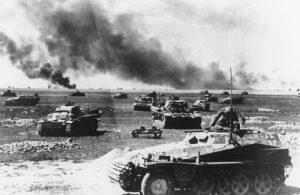
In the morning, 5. July 1943, explosions lit up the Russian sky and the earth shook to a huge bombardment. As the sun rose, waves of hundreds German panzers began rolling across fields of sunflowers and wheat. The greatest tank battle in history was underway.
The Battle of Kursk pitted almost 3,000 German tanks against more than double that quantity of Soviet heavy armour. Hitler delayed the offensive – codenamed Operation Citadel – to wait for the arrival of the new Panther tank. It gave the Russians plenty of time to dig formidable defenses and concentrate their own armoured units.
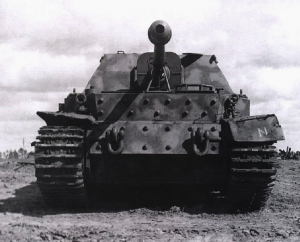
The German tanks were fewer in number but far superior in armour and firepower. Tigers and the “monster” Ferdinand tank destroyer went in first, attempting to blast their way through. One SS tank commander destroyed 22 Soviet tanks in under an hour. But the Russians defended with “suicidal bravery”, getting in close to throw mines under the caterpillar tracks.
After eight days the German attack had run out of steam. Stalin launched counteroffensives that over the following six weeks inflicted a crushing defeat on the Wehrmacht. Kursk was a tipping point for the panzers. For the first time the Russian air force had “got its act together”. Air power was emerging as a dominant factor, as became clear in Normandy the following year.
Allied air superiority meant that the German panzers had to hide in the forests during daylight hours. The tank, like the battleship, was suddenly a sitting duck without control of the skies. But unlike the battleship, the tank remains a key part of most militaries.
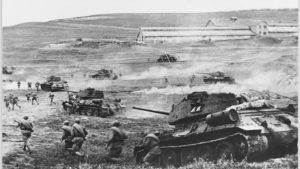
Germany committed over 1,720,000 men, 5000 tanks and assault guns and the USSR threw over 4 million men and 12,000 tanks into what is probably the greatest offensive battle in history.
Kursk from the air
The stalwart Stuka dive bomber was another tool in Germany’s arsenal that participated at the Battle of Kursk. This variant, the JU-87G, was armed with a pair of 37mm Bordkanone mounted under the wings.
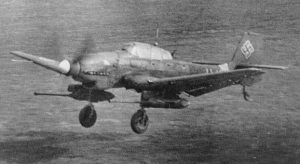
Hans-Ulrich Rudel was the impetus for this idea. He piloted the only “official” JU-87G variant at Kursk, knocking out many Soviet tanks. Several D variant Stukas were converted to the G model and participated at the battle as well.
Many decades later, the JU-87G and its powerful tank busting weaponry influenced the design of the A-10 Warthog.
https://www.bbc.com/news/magazine-23137492

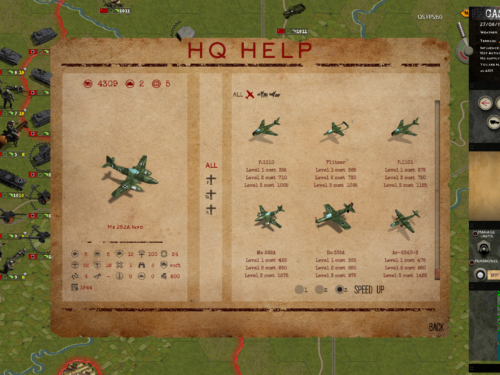
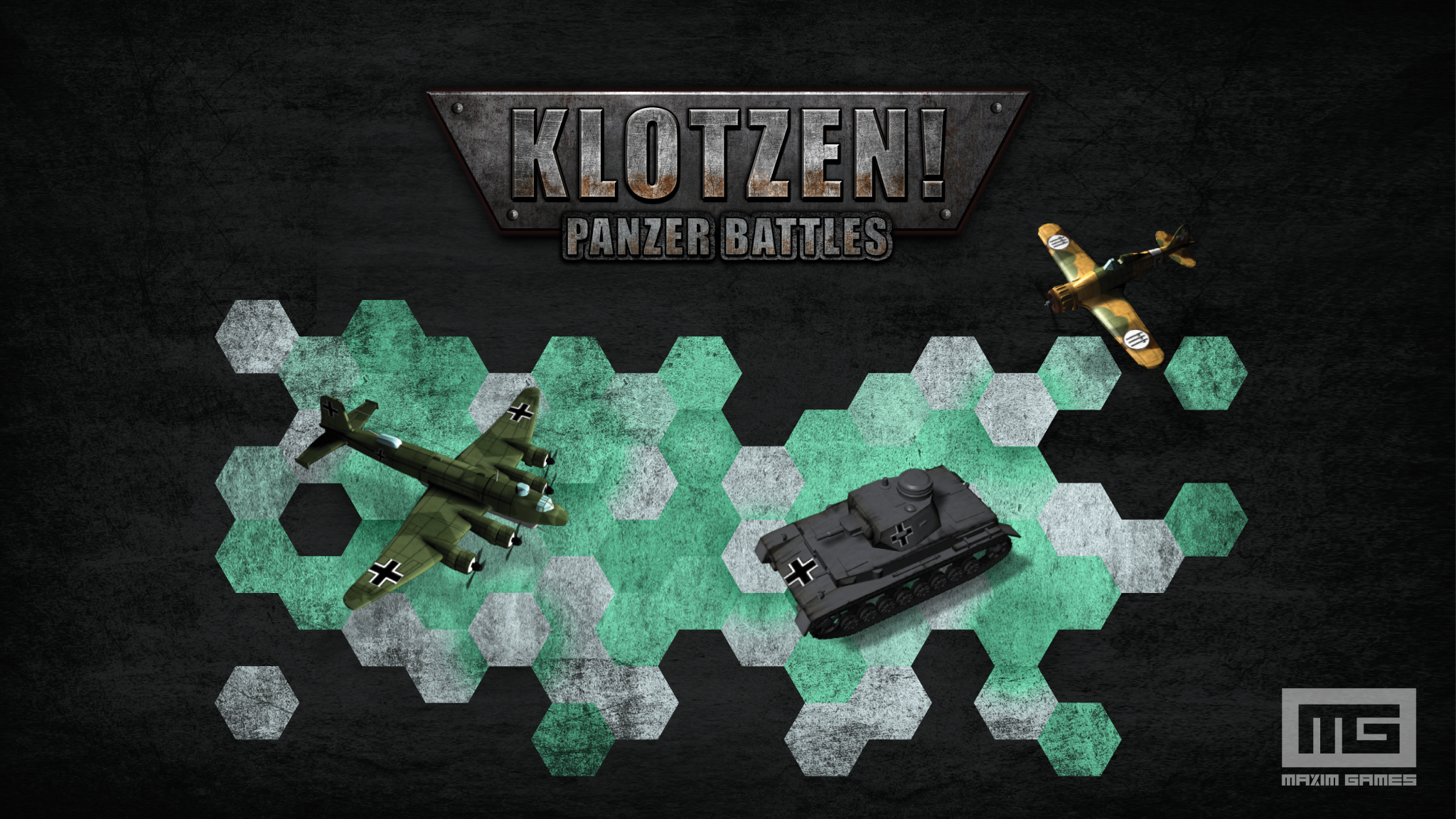
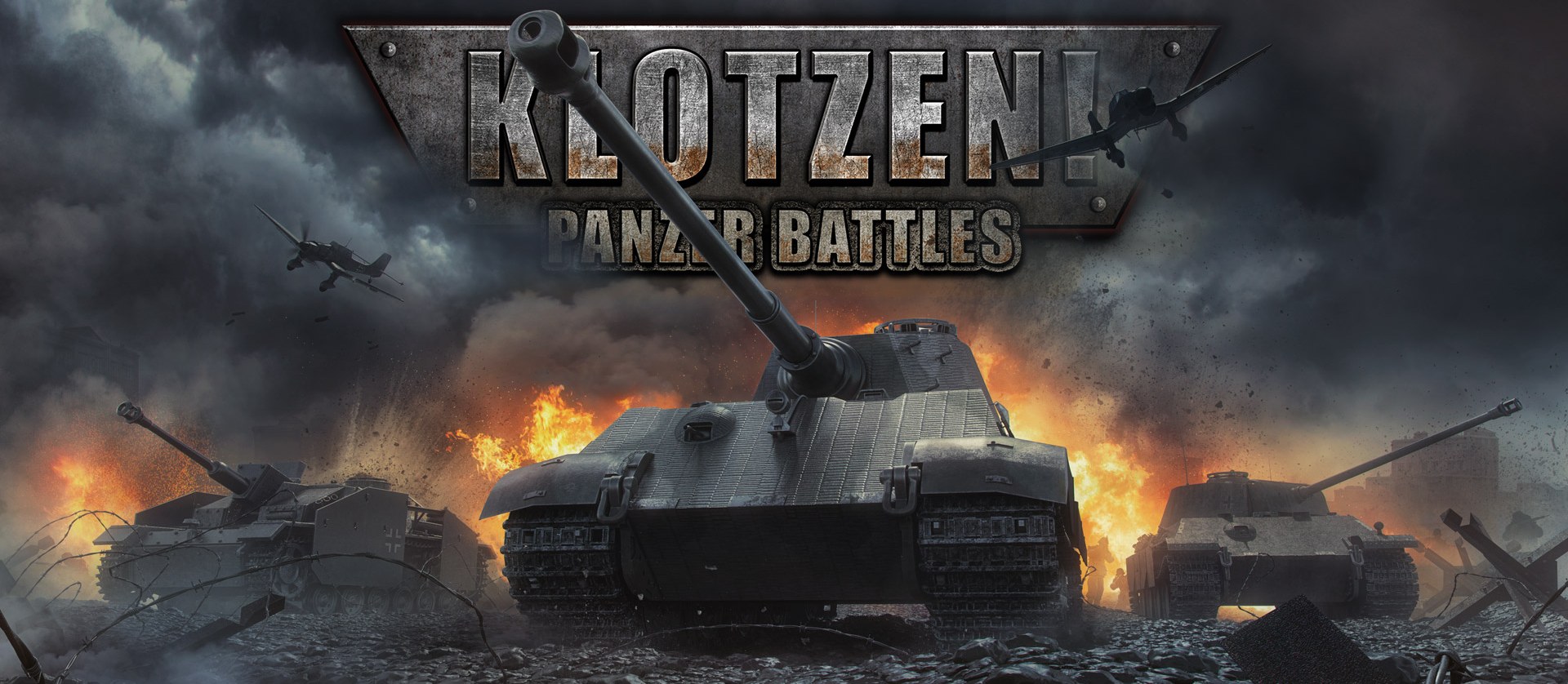
Recent Comments